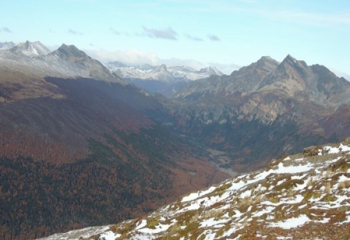Retention forestry to improve biodiversity conservation and ecosystem services in Southern Patagonia, Argentina
Quantifying the impacts of traditional forest management on biodiversity and ecosystem services values and developing new forest management strategies using the retention capacity of the forest.


















